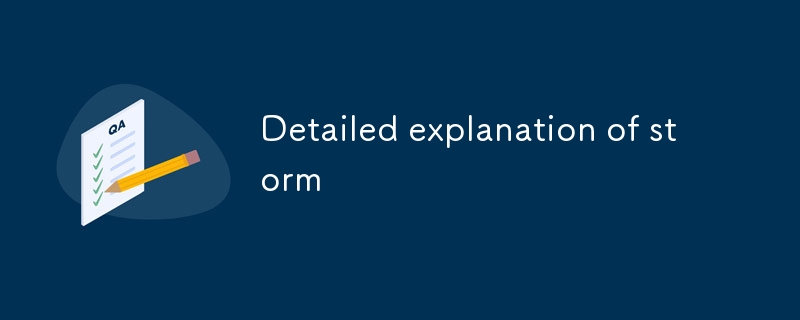This article introduces Apache Storm, a distributed real-time computation system. It presents the key concepts of Storm, including topologies, spouts, bolts, tuples, and streams. It also discusses the architecture of Storm, which includes Nimbus, Sup

What are the key concepts and architecture of Storm?
Key Concepts of Storm:
- Topology: The topology is a directed graph of computational units (spouts, bolts) connected by streams.
- Spout: A data source that continuously produces data tuples.
- Bolt: A processing unit that consumes tuples and optionally produces new tuples.
- Tuple: A collection of named values that represents a data item.
- Stream: A sequence of tuples that is processed by the topology.
Architecture of Storm:
- Nimbus: The master node that manages the topology and assigns tasks to workers.
- Supervisor: A daemon process that runs on each worker node and manages the tasks on that node.
- Worker: A node that runs the tasks of the topology.
- Zookeeper: An external dependency used by Storm for coordination and fault tolerance.
以上是storm详解的詳細內容。更多資訊請關注PHP中文網其他相關文章!





